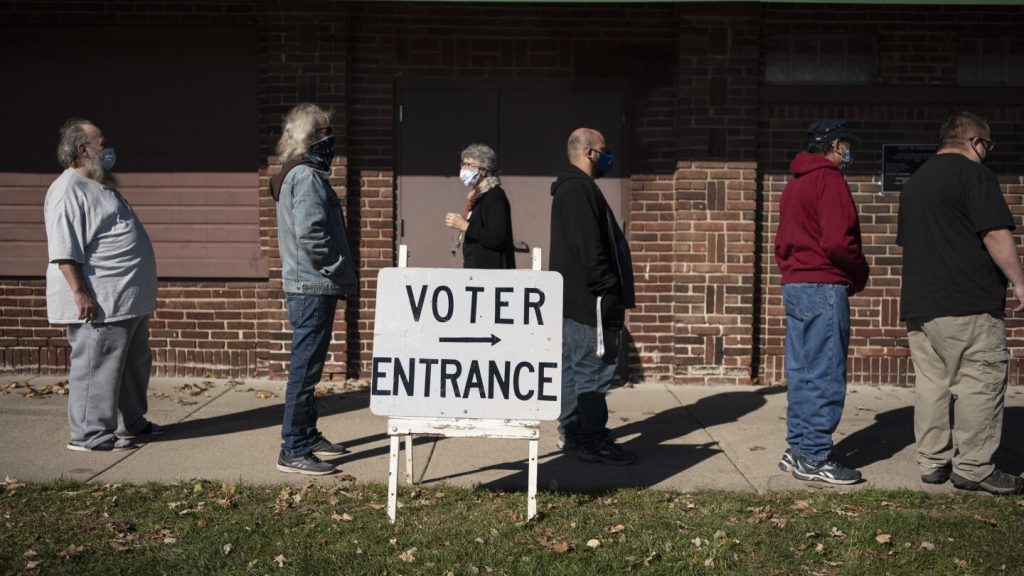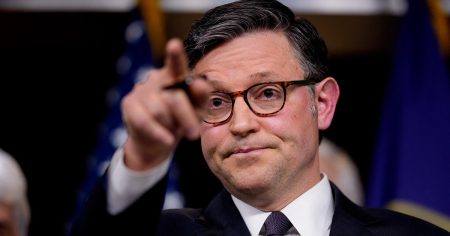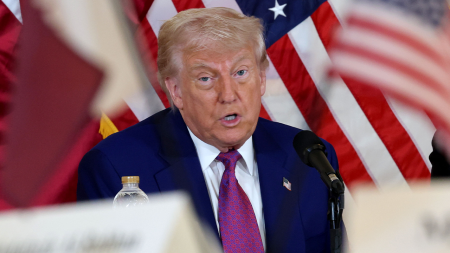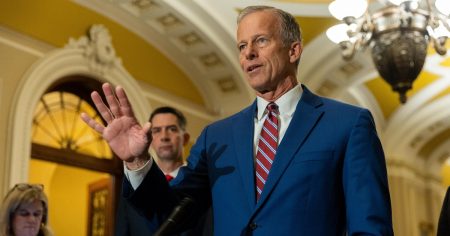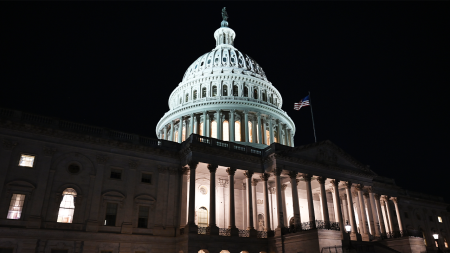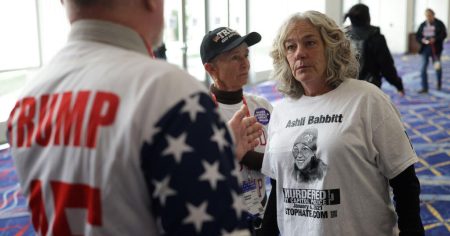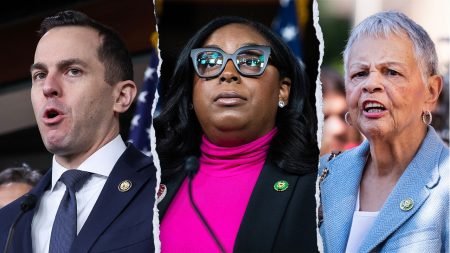Wisconsin’s presidential primary on Tuesday has set the stage for a general election campaign that Democrats see as a unique opportunity due to new legislative districts that erase Republican advantages in the state Assembly. Even though Democrats have won 14 of the past 17 statewide elections, the GOP previously had dominance in the Assembly. Democrats believe they now have a chance to compete for a majority in the Assembly, which could also drive up voter turnout for President Joe Biden and Vice President Kamala Harris in November. This strategy is being called “reverse coattails” by Ben Wikler, the state Democratic Party chairman, as it focuses on down-ballot candidates generating more votes for the top of the ticket.
The upcoming fall rematch between Biden and former President Donald Trump is expected to be fought closely in states like Wisconsin, which narrowly flipped from Trump to Biden in the last election. Republicans, led by Assembly Speaker Robin Vos, do not agree with the Democratic strategy of focusing on legislative races to boost voter turnout for the presidential election. Vos believes that all attention will be on the presidential race and that voters will not be motivated by lower-level candidates. However, Democrats are planning to focus on small towns, suburbs, and rural areas that were previously part of heavily Republican districts that are now more competitive.
In Wisconsin, where Democrats are also defending Senate seats in an effort to maintain their majority, Senator Tammy Baldwin is expected to benefit from the “reverse coattails” strategy in legislative races. Previous districts in the state were heavily gerrymandered, creating uncompetitive races. Baldwin believes that fair districts will allow more contested races and give voters a voice. Campaign activities are expected to increase in areas like Weston, where progressive-minded voters are being targeted in new competitive districts. Democrats hold 35 seats in the Assembly and have a better chance in 15 new districts, some of which are in Democratic-leaning areas like the Twin Cities metro area and Eau Claire.
Even if Democrats do not secure a majority in the Assembly, the aggressive canvassing for legislative candidates could identify voters willing to support Democrats in top-of-the-ticket races. With recent elections in Wisconsin being decided by slim margins, the efforts in organizing and turning out voters could have a significant impact on the outcome of various races. Both parties are gearing up for an intense campaign season, with Republicans confident in their candidates and message, while Democrats are banking on increased face-to-face campaigning to sway voters. Ultimately, the focus remains on the presidential election and the impact it will have on voter turnout at all levels of the ballot.









